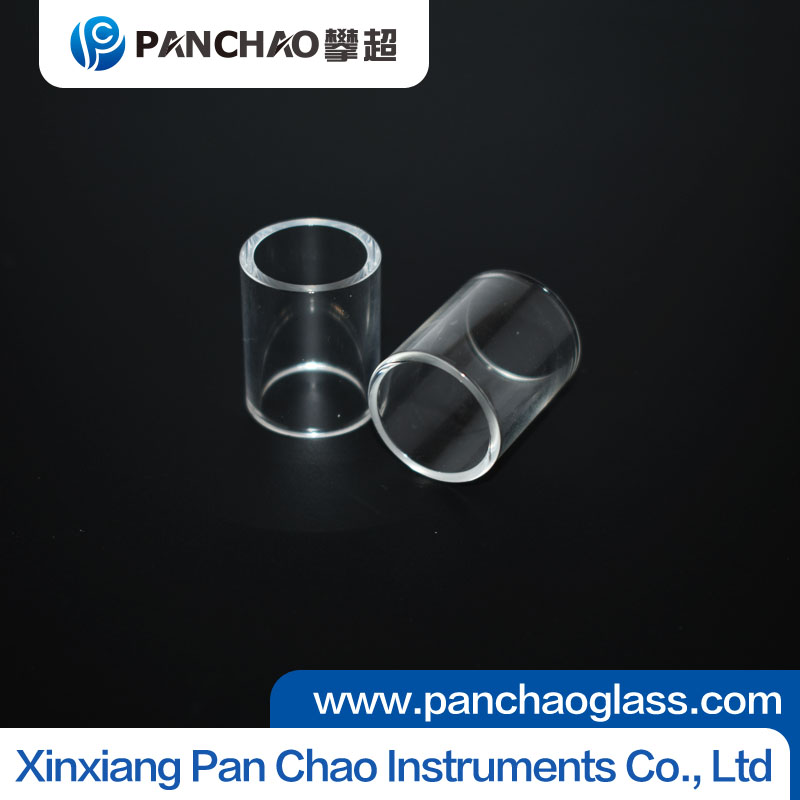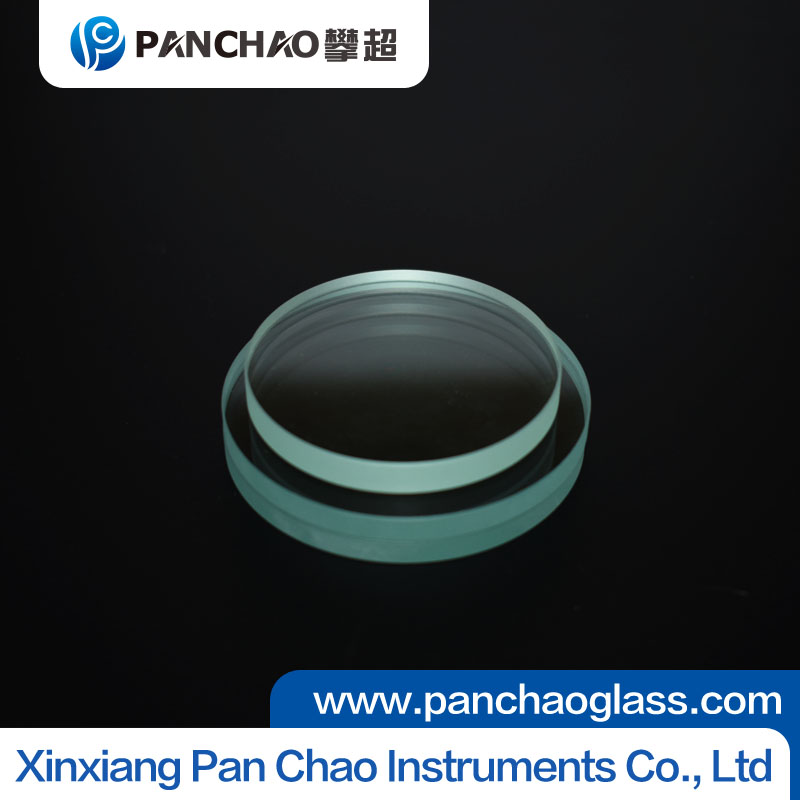Choosing the right sight glass for high-temperature applications is critical for ensuring both safety and visibility in industrial operations. In furnaces, reactors, or heat treatment systems, extreme thermal conditions can quickly degrade standard glass materials, leading to cracking or optical distortion. Therefore, proper material selection and design are key considerations.
1. Material Selection
The first step is to choose a material with excellent thermal stability. Fused quartz glass offers outstanding performance, capable of withstanding continuous temperatures above 1000°C while maintaining high optical transparency. Borosilicate glass, with its low coefficient of thermal expansion, performs well up to around 450°C, making it suitable for most chemical and laboratory applications. Tempered glass, though stronger mechanically, is limited to about 250°C, and may lose strength when exposed to prolonged heat.
2. Thermal Shock Resistance
Rapid temperature changes are often more damaging than high steady temperatures. Materials with low thermal expansion, like borosilicate or quartz, resist cracking when exposed to sudden heating or cooling. For processes involving frequent thermal cycling, quartz is the safest option.
3. Mounting and Cooling Considerations
Even the best glass requires proper installation. Using heat-resistant gaskets, metallic holders, and optional air-cooling systems can extend the glass’s service life. The mounting design should minimize stress points caused by thermal expansion differences between glass and metal frames.
4. Surface Treatments
For added durability, anti-reflective or heat-resistant coatings can improve both visibility and longevity in high-radiation zones.
Conclusion
In high-temperature environments, selecting the right sight glass means balancing thermal tolerance, optical clarity, and mechanical safety. Fused quartz remains the top choice for extreme conditions, ensuring stable performance and reliable observation.








